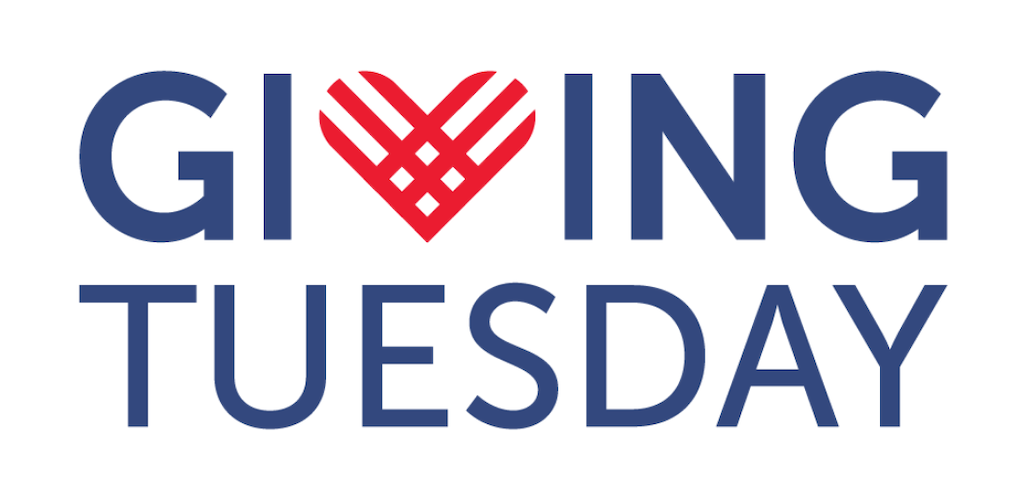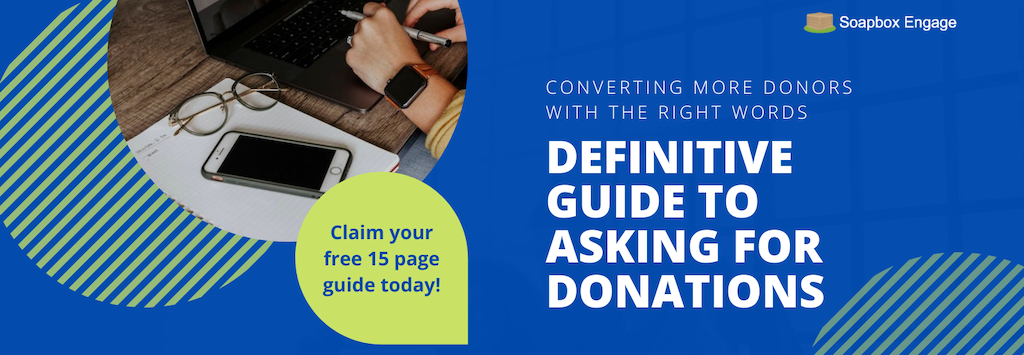
With the flurry and rush of Giving Tuesday behind us, it's so tempting to think the work of that campaign is over. But really, the most critical stage has just begun! While many people are motivated to give to campaigns and causes because of Giving Tuesday's momentum and social pressure, we all know that relationships and authentic connection to the cause are the roots of excellent donor retention.
Don't make the mistake of overlooking your Giving Tuesday donors. It really is possible to cultivate authentic relationships after they make their initial Giving Tuesday donation. Here are six practical steps you can take to boost the retention of Giving Tuesday donors.
Donor Retention after Giving Tuesday - Best Practices
- Start by saying thank you to your Giving Tuesday donors
- Include a recurring giving option in your Giving Tuesday donation forms
- Regularly show donor impact to motivate people to give again
- Share about non-financial engagement opportunities
- Ask for another donation after Giving Tuesday
- Look for the right donors in the right places for Giving Tuesday
1. Start by saying thank you to your Giving Tuesday donors
It's easy to get caught up in the Giving Tuesday aftermath and the year-end fundraising craziness. Don't let the busyness of the season distract you from fundamental donor engagement. Telling your Giving Tuesday donors thank you is a critical first step toward retaining them.
At a minimum, each Giving Tuesday donor should receive a thank you email. Take the time to create a custom thank you email template for each fundraising campaign you run year-round to streamline this process.
Personalized thank you's like phone calls, handwritten notes, or individual emails are best whenever possible, and they make a great first impression on new supporters.
If you don't have the bandwidth to send a personal note to each new donor, write segmented emails with more personalized touches for each group of donors.
Consider going one step further for any donors who gave large first-time gifts on Giving Tuesday. Something like a special gift, a personal phone call from the board, and other efforts to show your gratitude will go a long way toward cultivating a personal relationship.
Finally, always express your gratitude on your website, social media, and email campaigns. Public expressions of appreciation go a long way to acknowledge your supporters' generosity.

2. Include a recurring giving option in your Giving Tuesday donation forms
Perhaps the easiest way to boost your donor retention beyond Giving Tuesday is to add a recurring giving option to your donation form. In fact, consider adding this option to every donation form to boost your overall donor retention.
It's convenient for you, and many people prefer a "set-it-and-forget-it" donation option. Plus, ongoing research indicates that recurring giving programs are especially popular among millennials and GenX donors.
All is not lost if you didn't include this option in your initial Giving Tuesday donation form. Consider offering this as a follow-up engagement option near the end of the year. Invite them to build on their first gift by making an ongoing contribution to the cause in the new year. But don't forget to explain why regular support beyond Giving Tuesday is a critical part of your organization's impact.
3. Regularly show donor impact to motivate people to give again
Follow up with supporters to provide details about how their generous gifts impact the world. This is a critical piece of donor engagement and cultivating a robust and long-term relationship.
People want to know you're using their donations well in order to be motivated to donate again. Consider using a variety of platforms to show donor impact. There are loads of ways to get creative and show your supporters how they're making an impact, from social media posts and email updates to blog posts and videos.
Incorporating visuals (like photos and videos) and specific stories really helps capture the imagination and emotions of your supporters. Even before you know specific donor impact results, you can still follow up after Giving Tuesday with some highlights like the amount of money you raised and the specifics of what you plan to accomplish with the funds.
For example, if your nonprofit raised money for camp scholarships on Giving Tuesday, update supporters as quickly as possible to share how many kids will receive scholarships. Then, invite them to stay tuned to learn about the kids who will be attending camp and other great details. This helps keep the communication flowing and allows them to understand your organization's year-round process to accomplish your goals.
4. Share about non-financial engagement opportunities
Next time you need volunteers or non-financial help for an event, program, or opportunity, reach out to your Giving Tuesday donors and invite them to get involved! It keeps them connected to the cause, and volunteers are more likely to donate! 79% of people who volunteer with a nonprofit also donate to the organization.
Plus, offering a wide range of engagement opportunities reinforces that you care about your supporters far beyond their financial contributions.
5. Ask for another donation after Giving Tuesday
One of the main reasons people don't make a second donation is because nobody asked them for another gift. It's easy to assume that if donors want to continue supporting your organization, they'll continue organically (or if you keep sending generic communications).
Research indicates that people who give a second gift are 63% more likely to continue giving. They move from "impulse giving" or motivation because of a special event (like Giving Tuesday) and now give intentionally to invest in the long-term success of your cause.
Before you ask your Giving Tuesday donors to give again, make sure you acknowledge their first gift and establish meaningful interactions to begin building a relationship. Really, the goal is to ensure people feel cared for. You don't want to wrongly imply that you only contact them when you're making an appeal.

6. Look for the right donors in the right places for Giving Tuesday
Giving Tuesday is becoming more of a tradition for many people, making it an excellent opportunity to meet new donors. But it's essential to attract the right kind of donors. You want people who are genuinely interested in your cause, so they stay engaged with your nonprofit for the long term!
One of the best places to look for Giving Tuesday donors who will remain committed for the long term is in your own database. Your current supporters likely know other people with similar values, interests, and passions. Those already invested in your cause probably know others who will easily commit to the same cause. Plus, word-of-mouth networking is one of the most effective forms of marketing.
Consider encouraging your current supporters to reach out to their network and inviting friends to join the cause. A post Giving Tuesday strategy encourages all your new supporters to tell one person about your organization or cause.
Create social media content that's educational and easy to share. This helps mobilize your supporters quickly, keeps them involved with small actions, and can even help them begin to embrace your cause as part of their sense of "identity."
The bottom line is the key to retaining Giving Tuesday donors is the same as donor retention any other time of the year. And that's great news because it means any nonprofit can boost their Giving Tuesday donor retention! There's no magic solution or secret; just excellent donor care and strategic communication.
Here are three more resources to help boost your fundraising and donor engagement.
- Boosting Donor Engagement: 5 Strategies for Nonprofits: Although donor retention varies from year to year, it's far better to maintain higher donor retention rates over time. It leads to more consistent funding for your cause. How can your organization retain donors and generate long-term financial stability for your mission? Check out these five strategies to boost donor engagement.
- How to Retain and Engage Donors after A Virtual Event: Your nonprofit probably emphasized connecting to as many donors as possible during your virtual fundraisers. But it's easy to overlook donor retention after the event is over. Head to this blog to learn about some best practices adn strategies you can incorporate to boost your donor retention after virtual events.
- Boost Your Nonprofit Merchandise and Membership Sales: Nonprofit merchandise can help boost donations, build your brand, and educate people about valuable causes. This blog has some practical tips and expert advice about adding an online store to your fundraising and brand awareness strategies for the greatest success.

